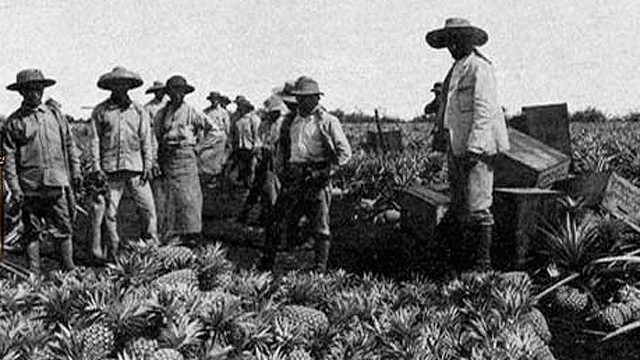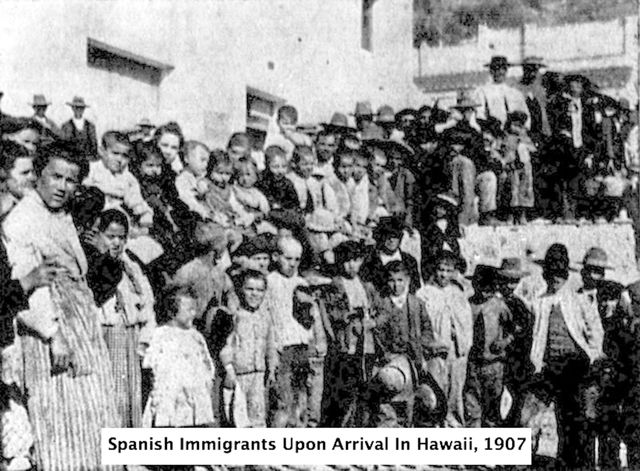Hawaii's sugar plantations have a long and complex history, with a significant portion of that history being tied to immigration. Many different groups of immigrants have played a role in the development and operation of these plantations, including Japanese, Chinese, Filipino, Korean, Portuguese, Puerto Rican, and more. These immigrants came to Hawaii for a variety of reasons, including the opportunity for work and a better life.
The first sugar plantation in Hawaii was established in 1835, and by the late 1800s, sugar had become a major industry in the islands. Initially, plantation owners relied on Native Hawaiian labor to cultivate and harvest the sugar cane. However, as demand for sugar grew, plantation owners turned to immigrants to meet the labor needs of the industry.
The first group of immigrants to work on the sugar plantations were Chinese, who began arriving in Hawaii in the 1850s. Many of these immigrants were recruited from China by plantation owners, who promised them a good wage and the opportunity to save money and return home. However, the conditions on the plantations were often harsh, and many of the Chinese immigrants ended up staying in Hawaii for the rest of their lives.
In the 1880s, a new wave of immigrants began arriving in Hawaii to work on the sugar plantations. This time, the immigrants were mostly Japanese, who came to Hawaii in search of work and a better life. Like the Chinese immigrants before them, the Japanese immigrants faced difficult working conditions and low wages on the plantations. However, they were also able to save money and eventually start their own businesses or buy land, which allowed them to improve their economic status.
Filipino immigrants also played a significant role in the history of Hawaii's sugar plantations. Many Filipinos came to Hawaii in the early 1900s to work on the plantations, and they made up the largest group of immigrants in Hawaii for much of the 20th century. Like the Chinese and Japanese immigrants before them, the Filipinos faced difficult working conditions and low wages on the plantations. However, they were able to improve their economic status through hard work and determination.
In addition to Chinese, Japanese, and Filipino immigrants, other groups such as Korean, Portuguese, and Puerto Rican immigrants also worked on the sugar plantations in Hawaii. These immigrants brought their own cultures and traditions to Hawaii, which helped to create a diverse and vibrant society on the islands.
The impact of immigration on Hawaii's sugar plantations was significant. Without the labor of these immigrants, it is unlikely that the industry would have been able to thrive and grow as it did. However, the experience of these immigrants was not always positive, as they often faced difficult working conditions and low wages. Despite these challenges, they persevered and made important contributions to the history and culture of Hawaii.








